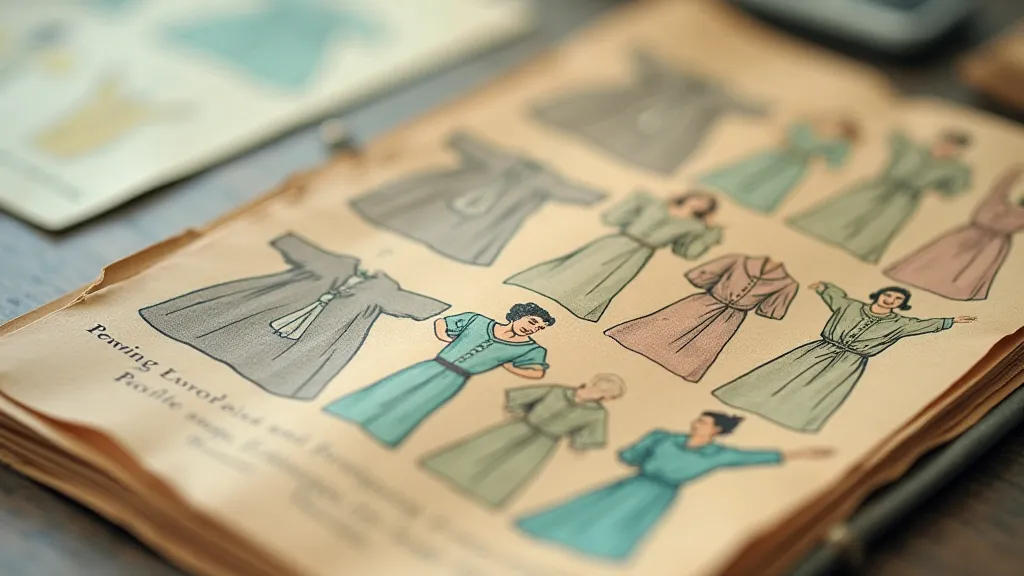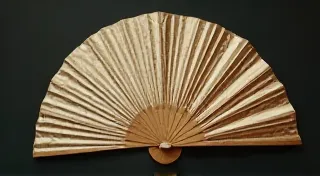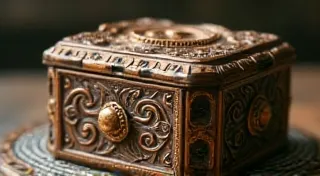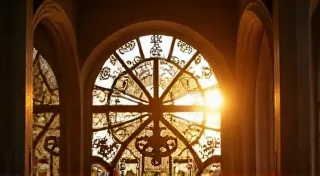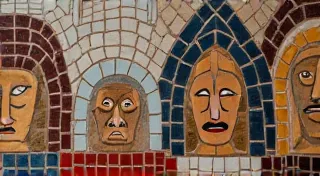The Chronometer of Style: How Political and Social Changes Shaped Dress
There's a profound beauty in witnessing the echoes of the past. Not just in crumbling architecture or antique furniture, but in the very clothes people wore. As a collector and purveyor of vintage sewing patterns, I'm continually struck by the intimate relationship between historical events and the evolution of fashion. Each pattern isn't just instructions for fabric manipulation; it's a tiny, tangible artifact of a specific time, reflecting the societal currents and unspoken anxieties of its era. Think of it like an accordion - meticulously crafted, full of hidden mechanics, and capable of producing sounds that carry a whole history.
The 20th century, in particular, provides a remarkable case study. It was a period of unprecedented upheaval and transformation, and the ripple effects were undeniably felt in what people chose to wear. The roaring twenties, the somber thirties, the optimistic forties, the rebellious fifties, the liberated sixties, and the extravagant eighties - each decade showcased a unique response to the world stage.
The Roaring Twenties: Flapper Dresses and a Shift in Power
The aftermath of World War I left a palpable sense of liberation, especially for women. The war had forced them into traditionally male roles in the workforce, shattering pre-war expectations. This newfound independence manifested directly in fashion. The restrictive corsets of the Victorian era were abandoned, replaced by dropped waists, shorter hemlines, and looser silhouettes – the iconic flapper dress. The embellishments—fringe, beads, sequins—reflected the desire for carefree exuberance and a rejection of the past. It was an outward expression of a generation eager to embrace modernity and cast off the shadows of a devastating conflict. Suddenly, a woman’s ability to move freely, to dance, to assert her presence, was a potent symbol of societal change.
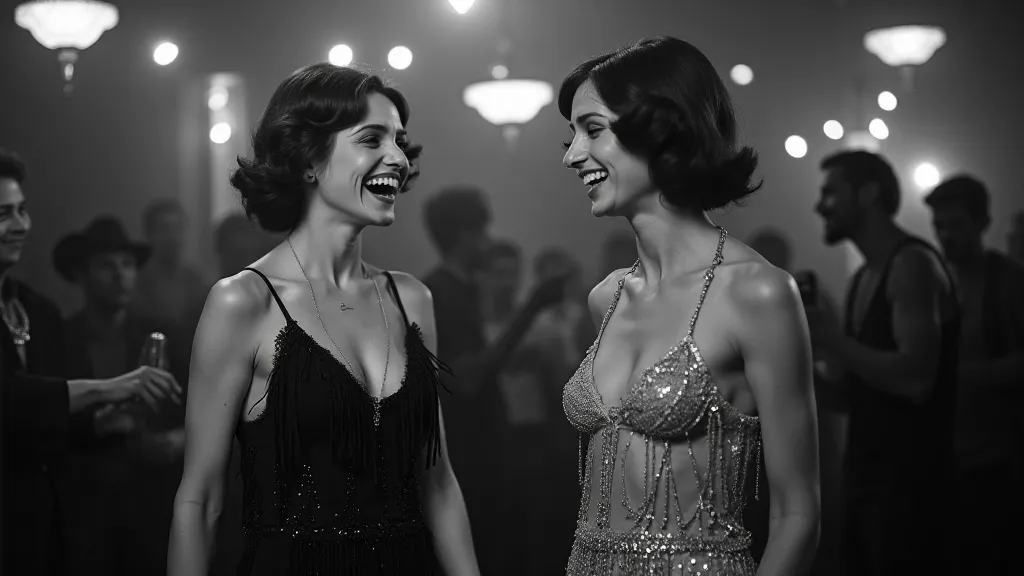
The Great Depression and the Forties: Austerity and Practicality
The exuberance of the twenties was abruptly curtailed by the economic devastation of the Great Depression. Fashion mirrored this shift towards austerity. Hemlines dropped again, silhouettes became more streamlined, and ornamentation was significantly reduced. Fabrics were scarce and expensive, so designs emphasized simplicity and durability. Resourcefulness was key. Women often repurposed old clothing, patching and mending to extend its lifespan. The wartime effort further reinforced this practicality. During World War II, rationing of materials led to standardized patterns and a focus on functional clothing. Tailored suits became commonplace, reflecting the increasing number of women entering the workforce in roles previously held by men.
The 1950s: Conformity and the Rise of Youth Culture
The 1950s presented a complex picture. There was a conscious effort to return to a sense of order and traditional values following the war. Christian Dior's "New Look," with its full skirts, nipped-in waists, and rounded shoulders, epitomized this return to femininity and elegance. However, simultaneously, a burgeoning youth culture began to challenge the established norms. The rise of rock and roll and the emergence of rebellious icons like James Dean sparked a desire for individuality and self-expression. This tension between conformity and rebellion fueled a fascinating duality in fashion. Full skirts and tailored dresses coexisted with poodle skirts and saddle shoes, reflecting the generational divide.
The Swinging Sixties: Liberation and the Mini Skirt
The 1960s were a decade of dramatic social and political change, and fashion became a powerful tool for expressing those changes. The sexual revolution, the Civil Rights Movement, and the burgeoning feminist movement all influenced the way people dressed. Hemlines soared to unprecedented heights with the iconic mini skirt, a blatant symbol of female liberation and a challenge to traditional notions of propriety. Bright colors, bold patterns, and unconventional materials became the norm. Mod fashion, with its clean lines and geometric shapes, reflected the era's fascination with modernity and technology.
The Seventies: Experimentation and Individuality
The 1970s were characterized by a rejection of the conformity of previous decades. There was a spirit of experimentation and a desire for self-expression. A wide range of styles emerged, from the bohemian look with flowing dresses and ethnic prints to the disco glam with platform shoes and shimmering fabrics. The rise of punk rock brought a raw and rebellious aesthetic to the scene, challenging mainstream fashion trends. It was a decade where anything felt possible, and that sense of freedom extended to the way people dressed.
The 1980s: Power Dressing and Excess
The 1980s were a decade of economic prosperity and consumerism, and fashion reflected this excess. "Power dressing" became a defining trend, with women embracing tailored suits with strong shoulders and assertive silhouettes. Bright colors, bold patterns, and statement accessories were all the rage. The influence of MTV and the rise of celebrity culture further amplified the decade's flamboyant aesthetic. The patterns from this era demonstrate a fascination with embellishment and a desire to stand out from the crowd. They also highlight the increasing importance of branding and consumerism in shaping fashion trends.
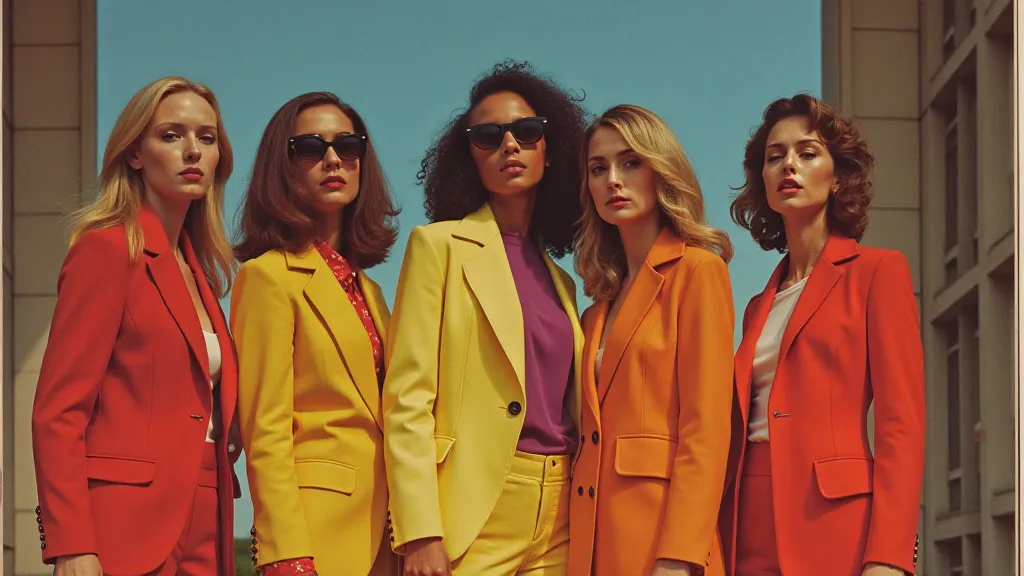
The Enduring Legacy
Examining vintage sewing patterns isn’t just about appreciating the designs themselves; it’s about connecting with the people who lived through those times and the events that shaped their lives. Each pattern carries a story—a snapshot of a specific moment in history. Holding a pattern from the 1940s, imagining the woman who might have used it to create a garment for her family, evokes a deep sense of connection to the past. The craftsmanship involved in creating these patterns—the meticulous drafting, the detailed instructions—is a testament to the skill and dedication of the designers and the ingenuity of the home sewers.
Collecting these patterns, even more than wearing the finished garments, allows us to carry forward that legacy. Restoring a fragile pattern, carefully preserving its original condition, is a form of historical conservation. And, of course, the ultimate act of honoring these patterns is to bring them back to life – to use them to create new garments that echo the styles of the past, while also incorporating contemporary sensibilities. It’s about breathing new life into these fragments of history, ensuring that the stories they hold continue to be told. The skill in crafting even a single pattern is remarkable. Imagine the level of artistry involved in creating multiple iterations, accommodating changing body types and evolving stylistic preferences.
The echoes of the past resonate within the fabric of our present. By understanding the historical context behind fashion trends, we gain a deeper appreciation for the artistry, the ingenuity, and the human stories that lie woven into the very clothes we wear. And, perhaps, we gain a greater understanding of ourselves – of how we, as individuals and as a society, are shaped by the world around us. It's a beautiful, cyclical dance – a constant reimagining of style informed by the ever-changing tempo of history.
